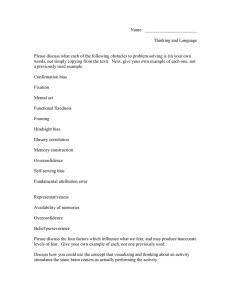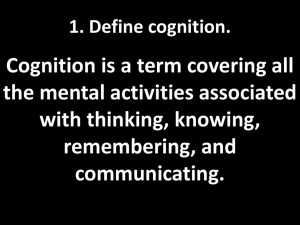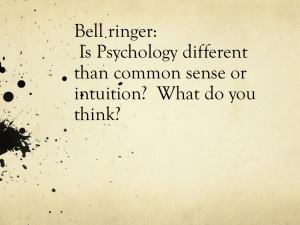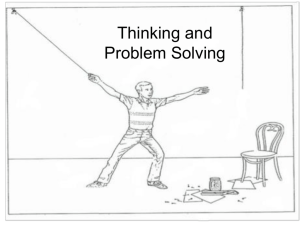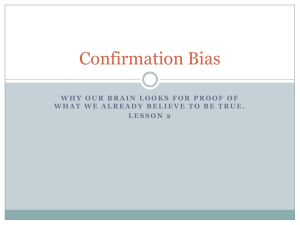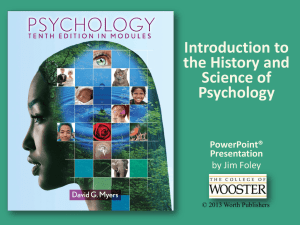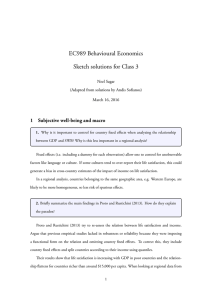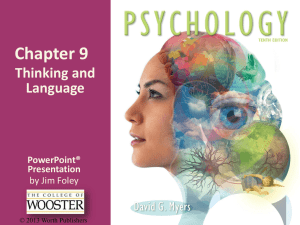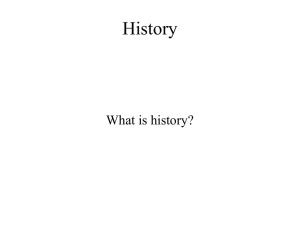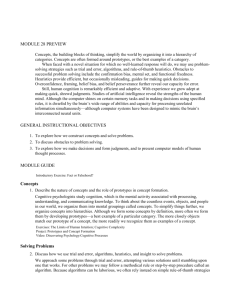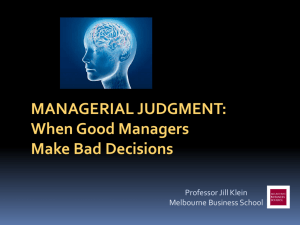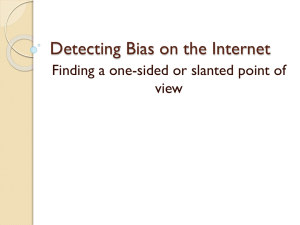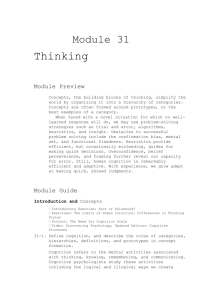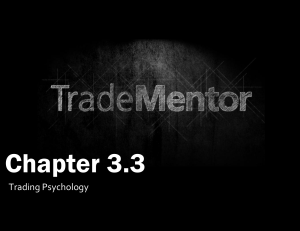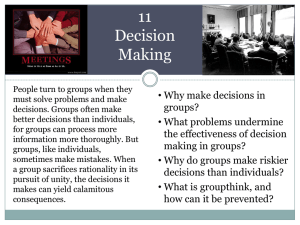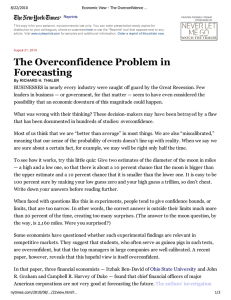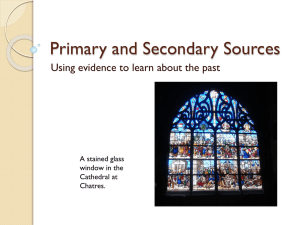Decision Making
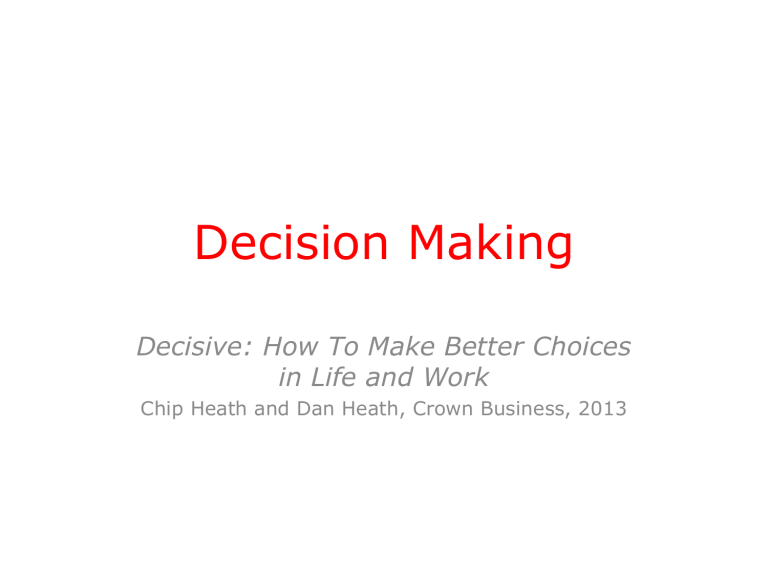
Decision Making
Decisive: How To Make Better Choices in Life and Work
Chip Heath and Dan Heath, Crown Business, 2013
The Four Villains of Decision Making
1.
2.
–
Narrow framing:
The tendency to define our choices too narrowly, to see them in binary terms.
–
Confirmation bias:
To develop a quick belief about a situation and then seek out information that bolsters our belief.
The Four Villains of Decision Making
3.
4.
–
Short-term emotion:
We are governed in decision making by how we feel about a situation and not necessarily about the long-term effects of a decision.
–
Overconfidence:
•
People think they know more than they do about how the future will unfold.
Punditry is the perfect example.
Making Good Decisions
1.
2.
Widen your options: (overcome narrow framing)
– How can you expand your set of choices?
• Rather than “either/or” binary options, uncover new options and think “this and that.”
–
Reality-test your assumptions: (overcome confirmation bias)
How can you get outside your head and collect information that you can trust?
Making Good Decisions
3.
4.
Attain distance before deciding: (overcome short-term emotion)
– Wait a couple of days—sleep on it. Use Ben
Franklin’s method of making a long pros and cons list over several days, and then analyzing it objectively.
–
Prepare to be wrong: (overcome overconfidence)
Plan for an uncertain future – have a Plan B … and Plan C.
WRAP
• W iden your options.
• R eality-test your assumptions.
• A ttain distance before deciding.
• P repare to be wrong.
Heuristic Biases and
Cognitive Traps
The Ascent of Money: A Financial
History of the World
Niall Ferguson, Penguin Press, 2008
1.
Availability bias :
– Causes us to base decisions on information that is more readily available in our memories, rather than the data we really need.
2.
Hindsight bias:
– Causes us to attach higher probabilities to events after they have happened (ex post) than we did before they happened (ex ante).
3.
The problem of induction:
– Leads us to formulate general rules on the basis of insufficient information.
• The Polo Assumption
4.
The fallacy of conjunction (or disjunction)
– We tend to overestimate the probability that seven events of 90 percent probability will all occur, while underestimating that at least one of seven events of 10 percent probability will occur.
5.
Confirmation bias:
– Inclines us to look for confirming evidence of an initial hypothesis, rather than falsifying evidence that would disprove it.
6.
Contamination effects:
– We allow irrelevant but proximate information to influence a decision.
7.
The affect heuristic:
– Preconceived value judgments interfere with our assessments of costs and benefits.
8.
Scope neglect:
– Prevents us from proportionately adjusting what we should be willing to sacrifice to avoid harms of different orders of magnitude.
– Promotion focus versus a Prevention focus
9.
Overconfidence in calibration:
– Leads us to underestimate the confidence intervals with which our estimates will be robust (.e.g. to conflate the “best case” scenario with the “most probable” scenario).
10.
Bystander apathy :
– Inclines us to abdicate individual responsibility when in a crowd.
• Akin to Group Think
